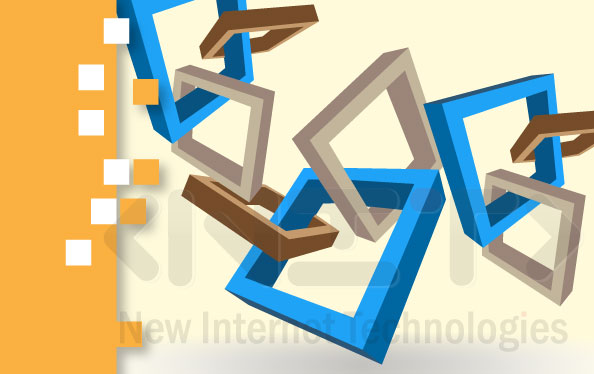Structure

 At “NIT-New Internet Technologies Ltd.” we invented a multifunctional system for creating catalogue records, which could be further developed according to the individual needs of our clients.
At “NIT-New Internet Technologies Ltd.” we invented a multifunctional system for creating catalogue records, which could be further developed according to the individual needs of our clients.
It consists of two parts:
• Database;
• Online Application.
The database allows defining of:
• languages, which are going to be used for the arranging of the content - they are defined from the chosen location;
• certain elements of the interface;
• menu with options for control of the content;
• dictionaries, which are used for detailed recording of objects;
• 33 system lists of objects, events, places, collections, etc. Some of them are arranged hierarchically.
The Online Application of the cataloging system displays the information for the objects, contains information about each of them, points to their location and supports their analysis.
The Online Application consists of two sub parts – administrative and public – which could be used separately.
The public part offers a number of functionalities, such as ranks, labels, comments and others. Moreover, you can use it to create collections of photos and to present and hide certain objects.
The design of the public part is simple and modern. If there is need to integrate the system into a web-site, the design could be adjusted to it; the system at the same time will keep its previous functionalities.
The administrative part could be designed according to the customer’s needs through implementing additional information panels. Moreover, each time when you make a new entry or edit an old one, there is an option to adjust the language settings too. Finally, when entering a record of a new object, the customer could provide various details for the object, such as identification information, physical characteristics, value, notes, coordinates, etc.
The administrative part does not exist separately from the public one. Each user with administrative rights could give access to certain elements of it. Thus, those elements will become visible for all visitors of the public part.